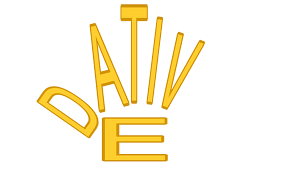The dative case can indicate an indirect object (purpose) and a direction of movement.
Suffixes :
| sg. | pl. |
| m | |
| -u: bulevar-u, momk-u | –ima: bulevar-ima, momc-ima |
| -u: Mark-u, Đorđ-u | |
| f | |
| -i: žen-i, devojc-i | –ama: žen-ama, devojk-ama |
| -i: reč-i | –ima: reč-ima |
| n | |
| -u: pism-u, polj-u -u: ime-n-u |
–ima: pism-ima, polj-ima ime-n-ima |
In the dative singular for feminine gender nouns and in the dative plural for masculine gender nouns there is an alternation K>C, G>Z, H>S in front of the suffixes -i/-ima. There are several nouns which represent exceptions to this rule.
e.g. devojKa – devojCi; dečaK – dečaCima
knjiGa – knjiZi; dijaloG – dijaloZima
snaHa – snaSi; monaH – monaSima
BUT
kolega – kolegi; baka – baki
tačka – tački; epoha – epohi
Usage
1) Purpose (the indirect object)
It answers the questions: Kome? (for animate nouns) Čemu? (for inanimate nouns)
e.g. Kome Tanja govori? Maji.
Čemu se nadaš? Dobitku.
2) Direction of movement
It’s represented by the prepositions ka and prema. It answers the question: Kuda?
e.g. Kuda ideš? Idem ka školi / centru / selu.
For some practice, please visit the exercise section…

